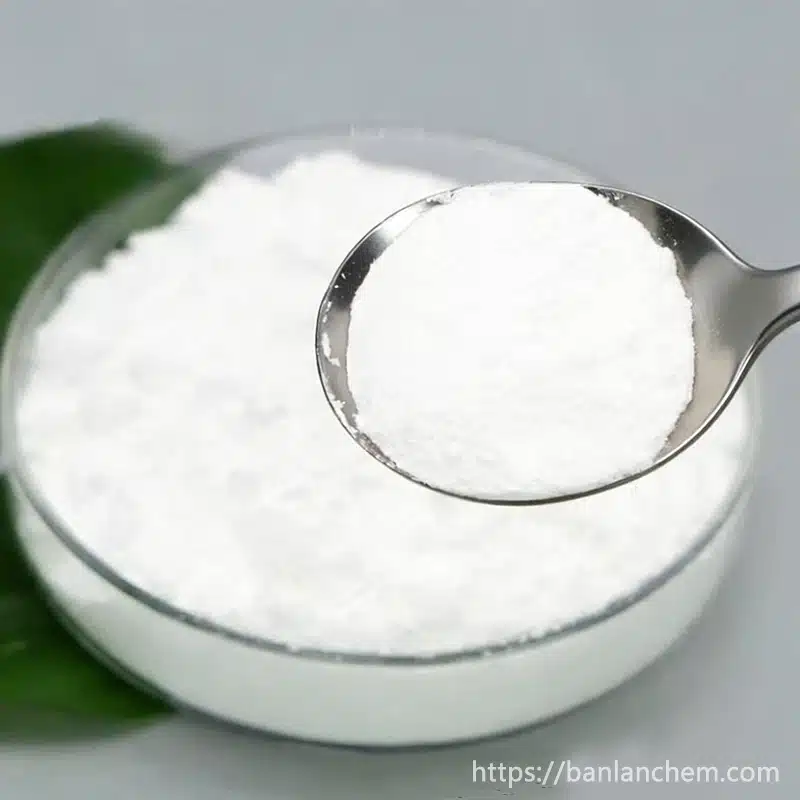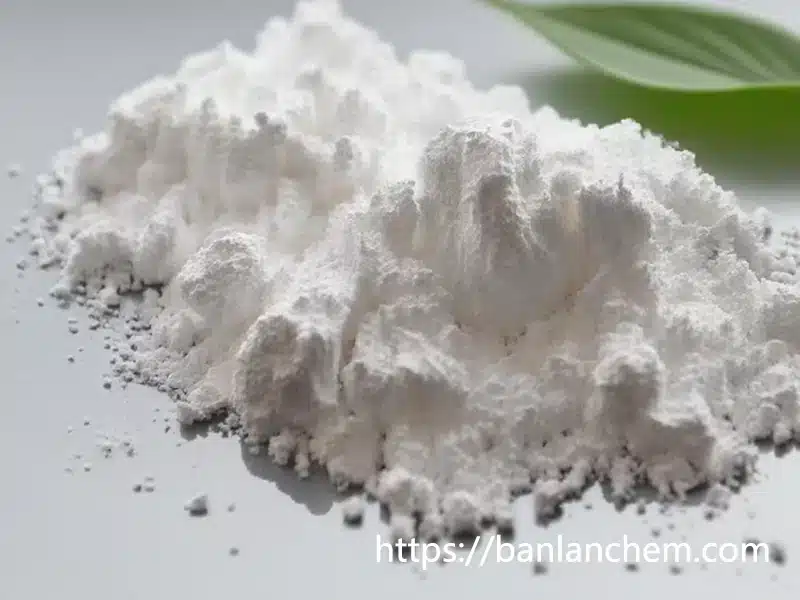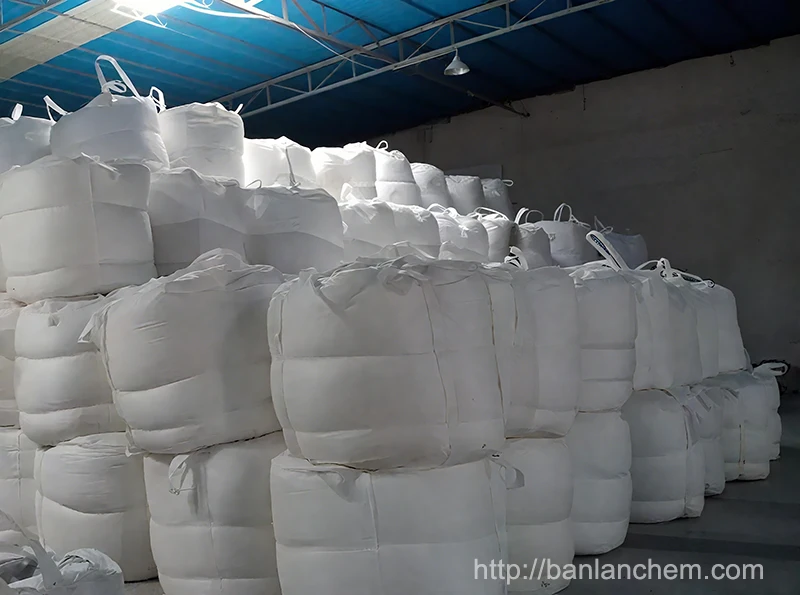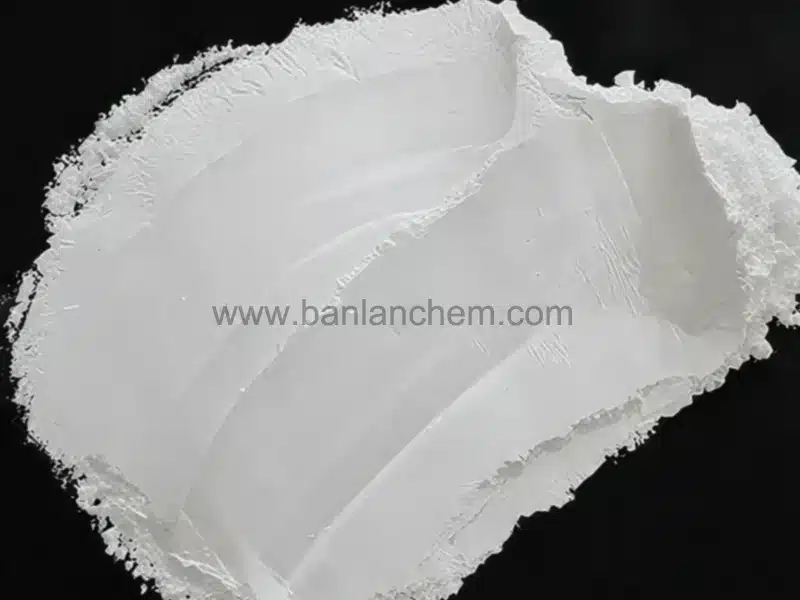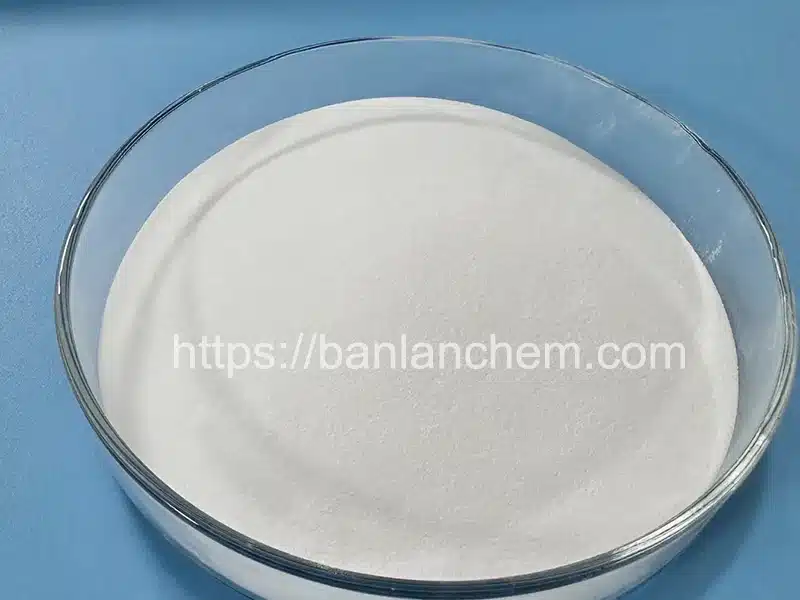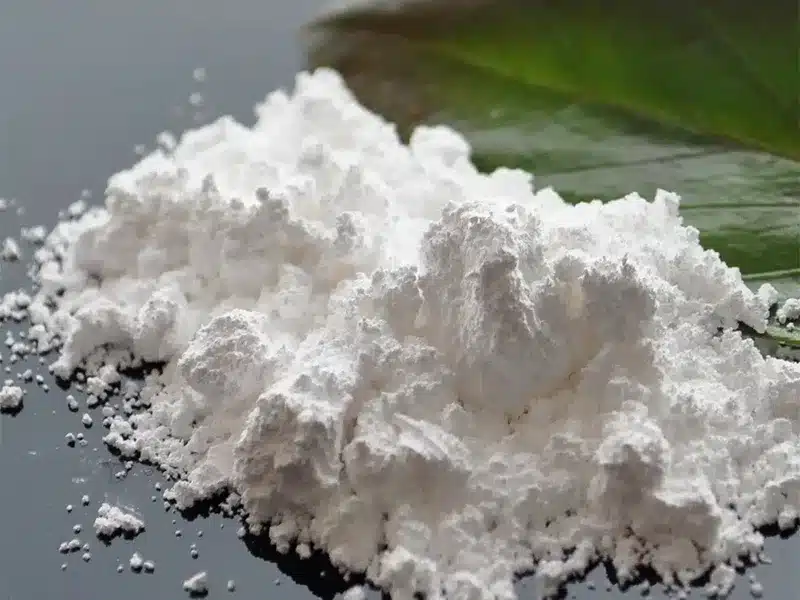What Is Calcined Alumina Powder and How It’s Made?
Calcined alumina powder is one of the most widely used high-purity alumina materials in refractories, ceramics, abrasives and polishing industries. For overseas buyers, importers and OEM users, choosing a stable calcined alumina manufacturer or supplier in China is the key to balancing quality and cost. This page from Banlan Chem explains what calcined alumina is, how it is produced, main grades, typical applications, and how to buy it in bulk from a professional factory and wholesale channel.
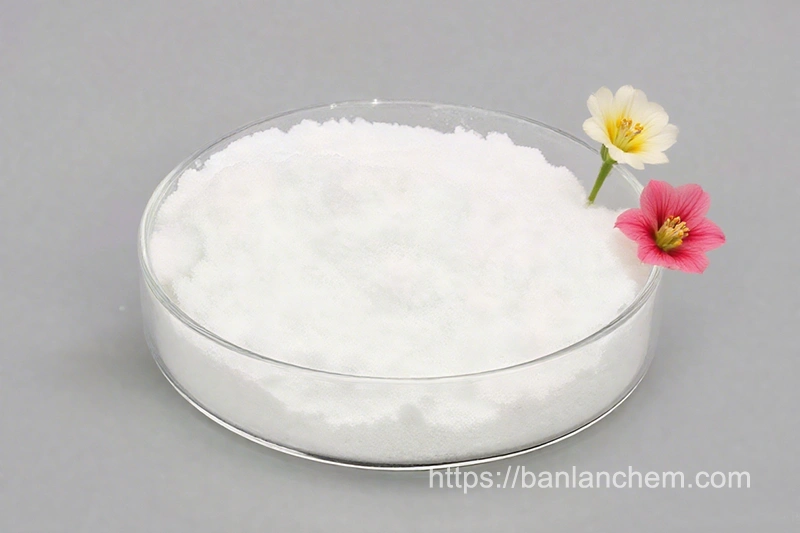
Table of Contents
- 1. Definition of Calcined Alumina Powder
- 2. Why Alumina is Calcined
- 3. Production Process & Phase
- 4. Key Properties
- 5. Main Applications
- 6. Grades & Technical Indicators
- 7. How to Choose a Manufacturer / Supplier
- 8. Why Source Calcined Alumina powder from Banlan Chem
- 9. Related Products & Articles
- 10. FAQ on Calcined Alumina powder
1. Definition of Calcined Alumina Powder
Calcined alumina powder, sometimes called calcined alumina or alpha alumina powder, is alumina (Al2O3) that has been thermally treated at high temperature to remove bound water, increase crystallinity and improve hardness. After calcination, the material becomes more stable, less reactive and suitable for high-temperature or high-wear applications.
In international trade, buyers often specify “calcined alumina” to distinguish it from aluminum hydroxide (ATH), activated alumina or tabular alumina. Compared with these materials, calcined alumina shows better high-temperature behavior, higher Mohs hardness and good sintering activity.
2. Why Alumina is Calcined
Raw alumina or aluminum hydroxide still contains structural water and less stable phases. When it is heated (calcined) at 1000–1200 °C or even higher, the crystal structure is transformed into stable α-Al2O3. This step:
- Improves chemical stability.
- Reduces loss on ignition (LOI).
- Increases hardness and wear resistance.
- Makes the powder suitable for ceramic, refractory and abrasive manufacturing.
This is why all serious manufacturer and factory sources in China will show their calcining temperature and phase composition when providing quotations to overseas buyers.
3. Production Process & Phase
A typical calcined alumina manufacturer uses high-grade aluminum hydroxide or high-purity alumina hydrate as the feedstock. The process can be summarized in several steps:
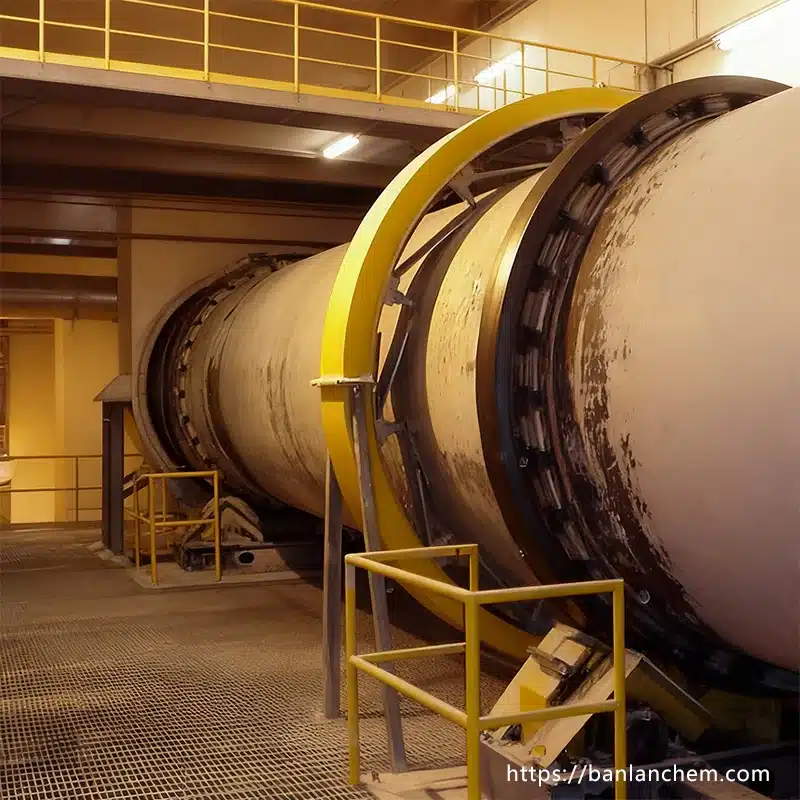
- Raw material selection: low Na2O, low SiO2, low Fe2O3 materials are preferred.
- Calcination: controlled high-temperature rotary kiln or shaft kiln, usually 1000–1300 °C.
- Phase control: convert transitional alumina to α-alumina.
- Milling and classification: produce fine powder grades, D50 or D90 according to customer demand.
- Packing: 25 kg bags, jumbo bags, export wooden pallet for international shipping.
If you are importing calcined alumina from China, always ask the supplier to provide a COA (Certificate of Analysis) including Al2O3 %, Na2O %, Fe2O3 %, SiO2 %, LOI, particle size and moisture.
4. Key Properties
Because of strict calcination, calcined alumina powder gets several valuable properties:
- High Al2O3 content: usually ≥ 99.0 % for high-grade material.
- High hardness: good for polishing powders and coated abrasives.
- Good thermal stability: suitable for refractories, kiln furniture, high-temperature parts.
- Good dielectric property: usable in some electronic ceramics.
- Controlled particle size: fine sub-micron or micron powder available from professional factory.
These properties explain why so many global buyers search “what is calcined alumina” or “calcined alumina supplier China” before placing OEM / wholesale orders.
5. Main Applications
Calcined alumina is a “multi-industry” powder. The same batch can serve different customers if the particle size and purity are matched. Typical applications include:
- Refractory materials: castables, ramming mixes, slide gates, refractories for steel and cement industry.
- Ceramic industry: high-alumina ceramic parts, structural ceramics, wear parts.
- Abrasives & polishing: precision polishing powders, lapping, grinding media.
- Electrical / electronic ceramics: insulators, substrates, spark plugs.
- Chemical fillers: high-temperature and corrosion-resistant filler.
If your business focuses on refractory raw materials, you may also want to view Banlan Chem’s Tabular Alumina and White Fused Alumina. They are often used together with calcined alumina to adjust performance.
6. Grades & Technical Indicators
In practical purchasing, overseas customers don’t just ask “what is calcined alumina?” but “which grade is correct for my application?”. A professional manufacturer or supplier will normally quote like this:
Ordinary Calcined Alumina
High quality aluminum hydroxide as raw material, it is calcined by rotary kiln at reasonable calcine temperature. It has the advantages of high conversion rate, crystal stability, high mechanical strength, stable shrinkage rate, wear resistance, corrosion resistance and high temperature resistance.
| Brand | Chemical composition(%) | α-Al2O3 | Effective density | Primary crystal size | ||||
| Al2O3≥ | SiO2≤ | Fe2O3≤ | Na2O≤ | L.O.I≤ | %≥ | ≥ | μm | |
| AC-30 | 99.0 | 0.10 | 0.04 | 0.5 | 0.20 | 94 | 3.93 | 4±1 |
| AC-30-A | 99.0 | 0.10 | 0.04 | 0.5 | 0.20 | 93 | 3.93 | 2.5±1 |
Application: various abrasives, abrasives and various wear-resisting filler, various ceramic and refractory alumina micro powder.
| Brand | Chemical composition(%) | α-Al2O3 | Particle size | ||||
| Al2O3 ≥ | SiO2 ≤ | Fe2O3≤ | Na2O≤ | L.O.I≤ | % ≥ | μm | |
| ACG-2A | 99.0 | 0.20 | 0.04 | 0.5 | 0.25 | 93 | 3-5 |
Ordinary Fine Powder Of Calcined Alumina
Characteristics: good sintering performance, stable line shrinkage, narrow particle size and grain size distribution.
Application: refractories, refractory binder, alumina ceramics, glass raw materials, polishing raw materials.
Some customers also require super-fine calcined alumina powder for polishing. In this case, indicate the particle size distribution and the end-use so that the factory can do special classification.
7. How to Choose a Manufacturer / Supplier
Choosing the right calcined alumina manufacturer or wholesale supplier is almost as important as choosing the powder itself. Here are points to check:
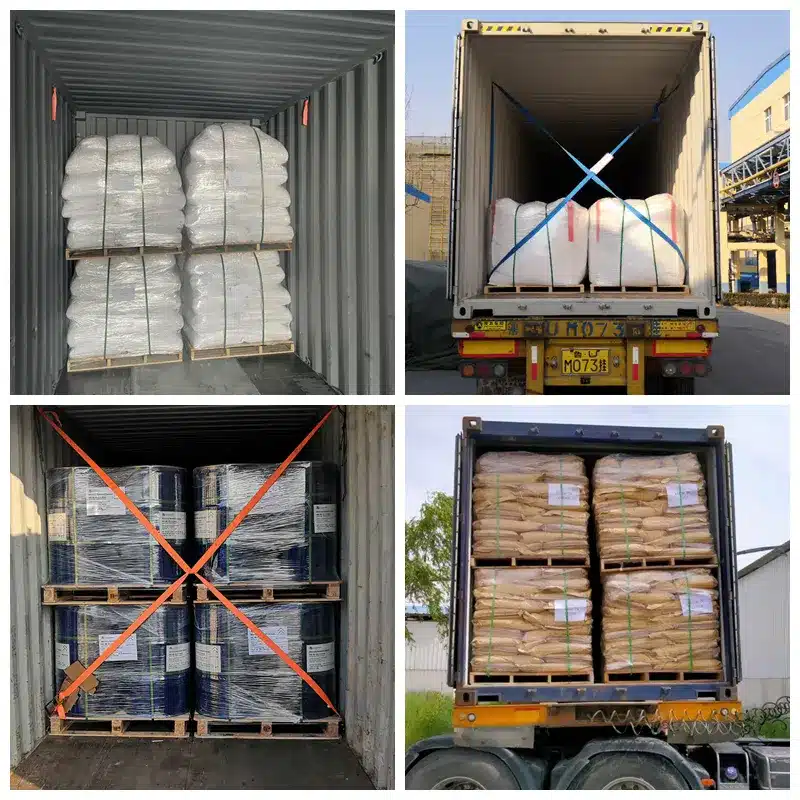
- Source and capacity: ask if the factory has its own calcining line.
- Stability of quality: long-term customers in refractories or ceramics show that the material is consistent.
- Certificates: ISO, test reports, COA with every lot.
- Packaging & export ability: export-ready bags, pallets, fumigation if required.
- Technical support: can they recommend other alumina materials from the same site, such as Aluminum Hydroxide or Activated Alumina?
An experienced Chinese supplier like Banlan Chem can even help combine your order with other refractory raw materials to save freight.
8. Why Source Calcined Alumina from Banlan Chem
Banlan Chem focuses on alumina series materials (aluminum hydroxide, calcined alumina, tabular alumina, activated alumina, boehmite alumina). We work as a manufacturer-based supplier and export-oriented factory partner in China.
What we can offer:
- Stable quality: strict control on Al2O3, Na2O, Fe2O3.
- Multiple grades: refractory grade, ceramic grade, polishing grade.
- OEM / ODM / Repacking: can print your brand on bags for your local market.
- Wholesale price: competitive for 1FCL / 2FCL orders.
- Technical documents: data sheet + application suggestion.
So, when users are searching “what is calcined alumina powder and How It’s Made?” on Google, your page on BanlanChem.com can immediately show that you are not only giving the definition, but also providing real material as a manufacturer, supplier, factory and wholesale exporter.
9. Related Products & Articles
To strengthen internal links and show topical authority on alumina materials, add links to the following pages
- Calcined Alumina
- Tabular Alumina | High-Purity Manufacturer & Supplier
- Activated Alumina for Adsorption & Drying
- Aluminum Hydroxide (ATH) for Flame Retardants
- Alumina & Refractory Industry News
- Difference Between Tabular Alumina and Fused Alumina
These internal links help Google understand that your site covers the whole alumina series, not just one product.
10. FAQ on Calcined Alumina
Q1. Is calcined alumina the same as activated alumina?
No. Activated alumina is more porous and is used for adsorption and drying. Calcined alumina is denser, harder and used in refractories, ceramics and polishing. You can check both products on Banlan Chem.
Q2. Can I get low-soda calcined alumina?
Yes. When you send inquiry to a manufacturer or supplier, tell them your max. Na2O requirement (for example ≤ 0.35 %). This is common in casting refractories.
Q3. What is the HS code for calcined alumina powder?
Most exporters use the HS code under alumina / aluminum oxide. Your customs broker can confirm the exact sub-code for your country.
Q4. Can Banlan Chem do OEM bags?
Yes. As an export-oriented factory & wholesale supplier, Banlan Chem can print your logo, factory name, net weight and batch number on the bag, and load on pallets for easier unloading.
Q5. How to start an order?
Send us your target grade, application, Al2O3 purity, particle size and order quantity via Contact Page. We will match the closest calcined alumina grade or suggest tabular alumina / activated alumina as alternatives.
Conclusion: calcined alumina is a high-temperature, high-purity, high-hardness alumina powder. With the right manufacturer, supplier, factory and wholesale partner like Banlan Chem, you can secure stable quality and competitive price for your ceramic, refractory and polishing businesses.


